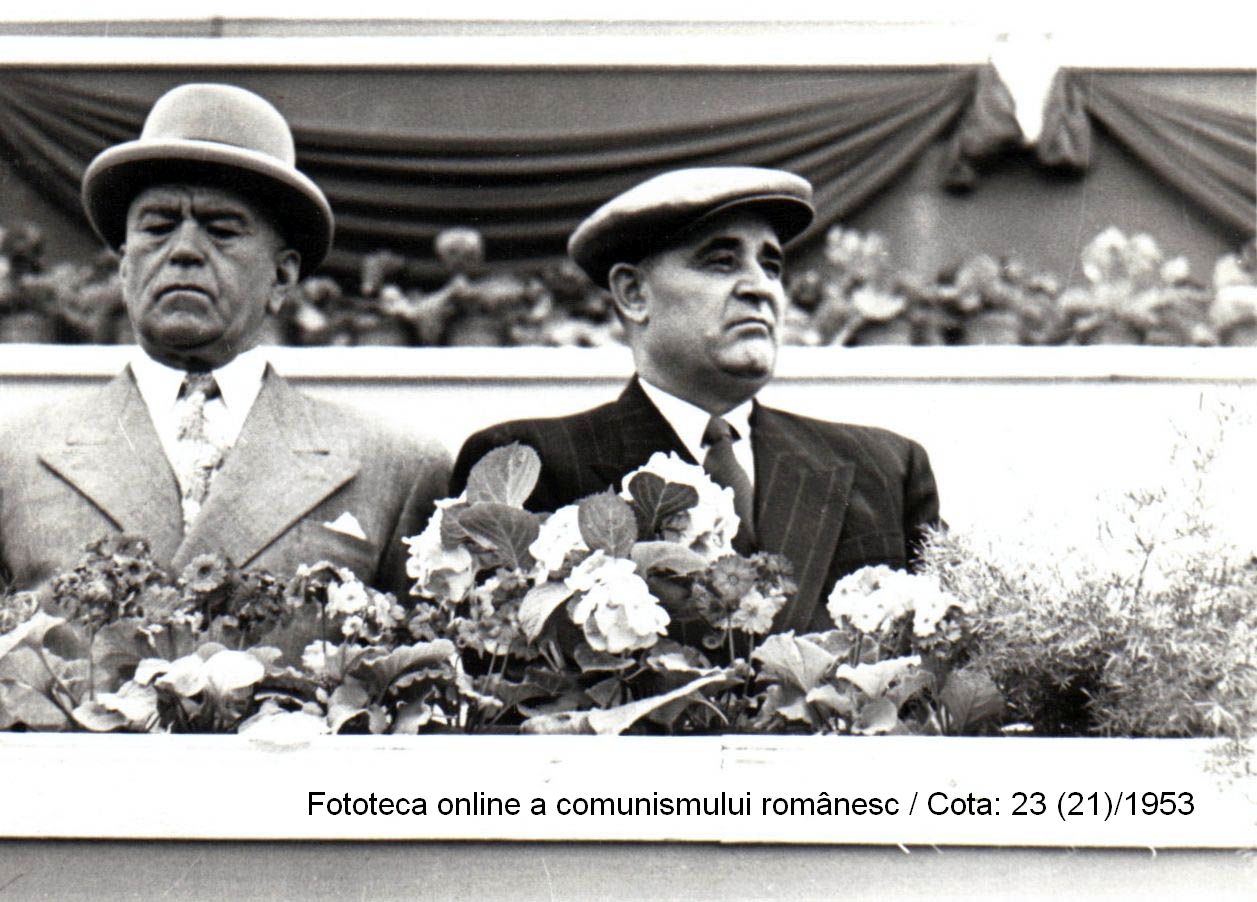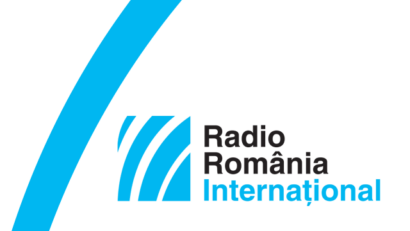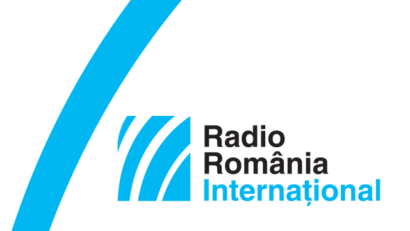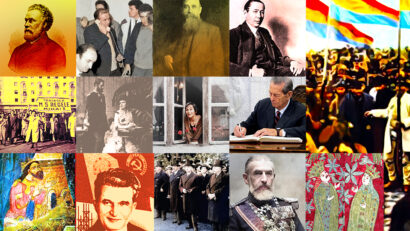The Romanian Communist Party and the Agrarian Reform
According to the Marxist-Leninist theses about means of production, property had to be common, owned by all those who used it and created added value

Steliu Lambru, 14.10.2024, 13:00
According to the Marxist-Leninist theses about means of production, property had to be common, owned by all those who used it and created added value. Private property was demonized and considered the source of all evil and the “exploitation of man by man,” as the official propaganda put it. In the countryside, where land was the main means of production, private property had to be liquidated. This was the case in the Soviet Union after 1918 and in all countries militarily occupied by it after 1945, although the New Economic Policy inaugurated by Lenin in 1921 allowed some form of private ownership in agriculture. After Lenin’s death in 1924, private property in agriculture was liquidated, the former middle-class owners, the so-called kulaks, being considered class enemies and deported to the camps of the Gulag system.
The liquidation of private property in agriculture, euphemistically called “agrarian reform”, began in Romania on March 6, 1945, after the installation of the communist government led by Petru Groza. As early as January 1945, the National Democratic Front, the alliance of political factions led by the RCP, encouraged peasants to forcibly occupy areas of arable land larger than 50 hectares. One of the first laws promoted by the Groza government was Law no. 187 of March 23, 1945 for the implementation of agrarian reform. The intention was to appropriate the landless peasants by expropriating without compensation some properties larger than 50 hectares. Along with the arable land, the agricultural machinery was also confiscated from the owners. The measure was part of the arsenal of communist propaganda announcing the liquidation of the exploitation of the peasantry and was to be intensively used propagandistically in the elections of November 19, 1946.
In practice, however, the abolition of private property meant the beginning of a whole series of gross violations of human rights and brutality up to homicide. It meant encouraging tensions between peasant classes and resorting to terrorizing the population by armed gangs of the Communist Party against those who refused to give up their property. The climate of violence and instability created by the government was later recognized even by communist activists such as Ion Paicu. In 1971, in a recording from the archives of Radio Romania’s Oral History Center. Paicu recollected how the so-called agrarian reform took place in Mehedinți county, in southwest Romania, in which he had personally participated.
“For the agrarian reform, we had to make serious efforts because we had enough trouble with the former landlords who opposed the division of the land with guns in hand. We had cases, Istrătescu from Bâcleş, Bumbaru from Malovaţ, Ionică Ionescu, who even shot a Soviet when the Soviet armies were coming. They received their reward. Against such landlords we sent comrades, groups of workers, who managed to mobilize the people because the peasants were scared. I want to say that, without the support of the working class led by the Romanian Communist Party, the peasantry would not have been able to defeat the tyranny of the landlords, their opposition to the agrarian reform. I want to highlight that the working class led by the Romanian Communist Party and having as an ally the poor peasantry succeeded in defeating the resistance of the landlords, the kulaks.”
The ruling of the communist party began with an unprecedented populist measure. Land was of great value in the countryside and its redistribution was thought to appeal to those who did not own it. But the communist theory was far from encouraging or helping the formation of private property, on the contrary. Tudor Constantin, active in the trade union movement since 1947, interviewed in 2003 by the Oral History Center of the Romanian Broadcasting Corporation, recalled the agrarian reform of the communist party, through which he became the owner of agricultural land near Oltenita, a town located 60 kilometers south- east of Bucharest.
“They gave me land in ’45. They gave me a plot of land for participating in the war and, after that, when the land was taken from everyone, they said that I was not from the village and they took my land as they did with everyone else. An organization appeared called the Plowmen’s Front, there were two or three who were communists. What communists, they were simple peasants! What did they know about the Communist Manifesto? They went to divide the estate of the boyar. And they went there, 30-40 of them, with stakes. And they marked it and said
The communist party’s land reform of 1945 lasted until 1949. In fact, there was never for a moment the intention of making a real reform. After King Michael I was forced to abdicate on December 30, 1947 and expelled, the RCP remained the absolute master of Romania and prepared the real reform: forcing all owners of arable land to give up their property and form collective households, in the great process of “socialist transformation of agriculture”. (MI)






























